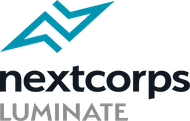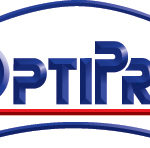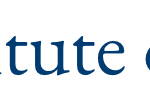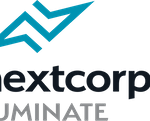Two different-yet-related problems. First, America needs to become more productive to grow the American economy faster. Second, some regions seem to benefit from growth a lot more than others. Indeed, the reality of the latter problem risks undercutting political support for policies to fix the former. Why should politicians and voters in the Rust Belt care about policies whose benefits will be heavily concentrated in New York City, San Francisco, and other coastal cities and regions?
This is exactly the conundrum addressed in “Jump-Starting America: How Breakthrough Science Can Revive Economic Growth and the American Dream,” the new book by economists Jonathan Gruber and Simon Johnson. The economists want to boost federal R&D investment by $100 billion annually. And to get political support for such a spending plan, they want to spread those dollars around the country to places where they can be employed productively. “Places would compete not on the basis of tax breaks but on the basis of qualifications to become a new technology hub,” Gruber and Johnson write. And here is Gruber on this point in a recent podcast with me:
We can spread that [economic growth] to other places, places that have great opportunities. … How many places in America are big? They have least a hundred thousand people who are working age. Are well-educated? They have at least 25% with a college education. And are affordable? They have a house price of less than $265,000 on average, which up here in Boston sounds like monthly rent. We found 102 places in 36 states with 80 million people in them that fit those criteria, from Rochester, New York, which has great promise for growth around the optics and photonics industry; to Ames, Iowa, which is doing incredible things with innovative agricultural technology; to Huntsville, Alabama, where they still have the legacy of the missile program. All around the country we have places that have great opportunities but are not growing rapidly because all the oxygen is sucked out of the room by New York, DC, LA, San Francisco, Seattle, and Boston.
Economists Edward Glaeser and Naomi Hausman offer a different approach than government trying to create a bunch of new tech hubs. In the new working paper “The Spatial Mismatch Between Innovation and Joblessness,” Glaeser and Hausman argue that greater federal research will fail to help the most desperate and disconnected parts of America. Most of distressed America has little existing research infrastructure or ample human capital to take advantage of more dollars. As the researchers write, “Distorting innovation policy by targeting it towards poorer states will bring the largest benefits towards the richest residents in those states, who already benefit from low housing costs, and this targeting will — if anything — exacerbate local inequality.” And if this reallocation of funds somehow doesn’t come with greater overall funding — and if you also assume research funding is already pretty well distributed to maximize “knowledge production” — then reallocation will reduce America’s overall innovation prowess.
But it’s not as if research can only help distressed regions even if it’s located in the regions themselves. From the paper’s conclusion:
Policies that subsidize invention, including funding for the NSF. and the NIH. could target research that does more to benefit distressed areas, such as reducing the number of workers receiving disability insurance. Educational reform could focus on promoting employment in distressed regions, with more commercially oriented Federal aid to colleges and entrepreneurially provided vocational skills. Barriers to entrepreneurship can also be eliminated, especially in distressed areas. Policy tools are available to reduce joblessness in the distressed regions of the country, but there is a great need for further research to understand better the full implications of these policies.














